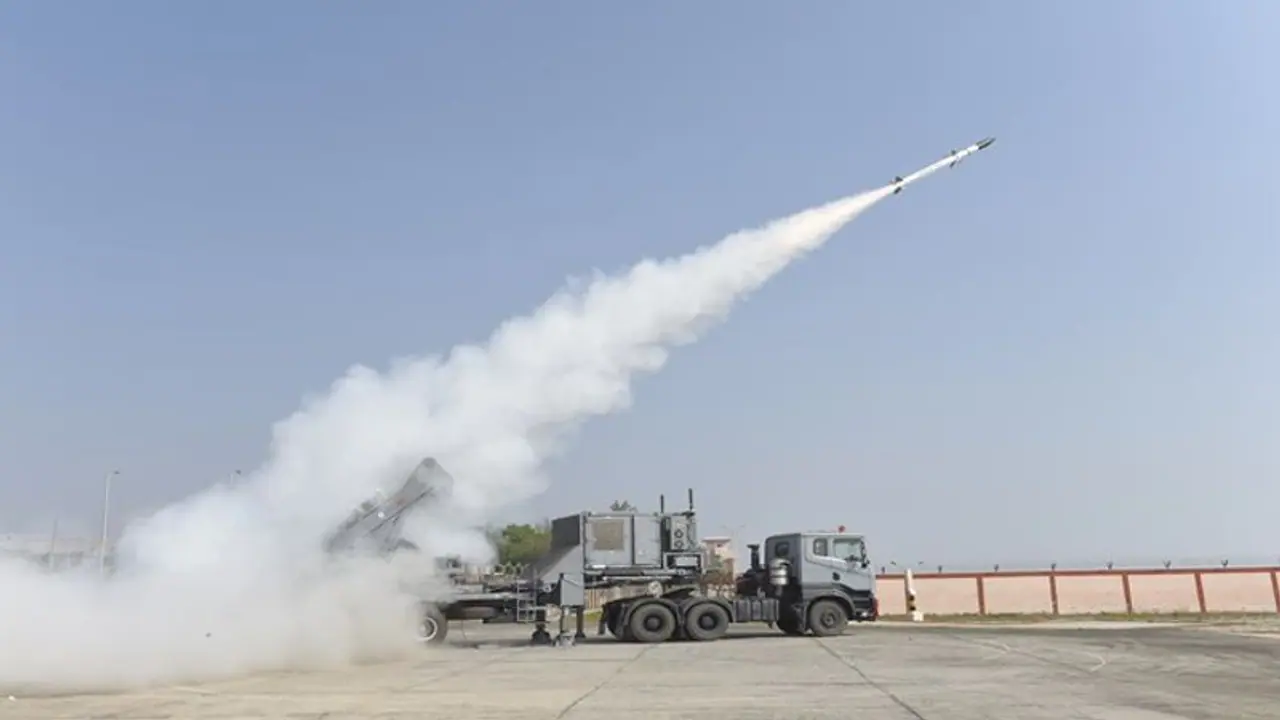Two VSHORADS flight tests performed by DRDO off the coast of Chandipur, Odisha, on February 28 and 29 were successfully completed.
On Wednesday and Thursday, India successfully tested its man-portable air defense missile system, which is intended to take down enemy planes, drones, and helicopters at extremely close range. From the Integrated Test Range off the coast of Chandipur, Odisha, the Defence Research and Development Organization (DRDO) successfully carried out two flight tests of the Very Short-Range Air Defence System (VSHORADS) missile.
Senior scientists from several DRDO laboratories, commercial partners, and Indian Army officials observed the flight test.
The Defence Acquisitions Council, chaired by Rajnath Singh, granted "acceptance of necessity" in January of last year for the purchase of the infrared tracking VSHORADS missiles, which are currently being developed and designed by DRDO, at an estimated cost of Rs 1,920 crore.
Defence Minister Rajnath Singh praised the Indian Army and the DRDO for the successful development tests and stated that the new missile, fitted with modern technology, will provide the armed services with even more technological advancements. V. Kamat, the Chairman of DRDO and Secretary of DD R&D, also appreciated the entire missile development team.
What is VSHORADS Missile?
The Defence Research and Development Organization (DRDO) laboratories, Research Centre Imarat (RCI), and Indian industry partners collaborated to design and build VSHORADS, a man-portable air defense system.
According to the Ministry of Defense, the VSHORADAS missile features numerous cutting-edge technology, such as integrated electronics and a miniaturized Reaction Control System (RCS), all of which have been effectively demonstrated in testing. Additionally The missile is designed to neutralize low-altitude aerial threats at close range. It is powered by a dual-thrust solid motor. To ensure easy mobility, the missile's design, including the launcher, has undergone extensive optimization.
